Ricky Retouch was chasing music production dreams when his visual art unexpectedly stole the spotlight. As the attention grew, so did his passion for visual storytelling, and slowly, art took the lead. From early explorations in typography to diving deep into software like Houdini, Ricky's creativity ultimately led him to make his generative work, Surface Sets.
Though he resists the “curator” label, his instinct for selection is undeniable - being able to whittle down Surface Sets from over 2,000 outputs to just 100. Ricky’s process is deeply instinctual; he favors feel over formula, with a curatorial lens sharpened by years of seeking and sharing visuals through his project, Figs From Plums.
Whether through code, composition, or curation, Ricky Retouch is defining his own rules, one vibe at a time.
Note: This transcript has been edited for length and clarity.

OpenSea: Let’s start right from the beginning, how did you first get into digital art and design?
Ricky Retouch: Wow, that goes back a ways. So initially I wanted to be a music producer. Music is one of my first loves. I got active online in a bunch of different forums, making music and trying to learn about how to make music and share it with people. I also started making artwork for a lot of other people – like a lot of different people online. Nothing serious, just little forum posts here and there, and I started getting more compliments on my art than my music.
My family kind of noticed the same thing. They would compliment me more on my art than my music. And I was like, "What's this about? I make music." So I just kind of one day made the decision: okay, everybody's really loving this art, so I'll just go with visual art from now on.
And I’ve just been slowly progressing through all of the ranks, I guess. I Started out with graphic design. I love typography and fonts and typefaces – that just really caught my attention when I first started. Then I got into 3D art. Started out with programs like 3ds Max. From 3ds Max I moved on to Cinema 4D. From Cinema 4D I moved on to Houdini. I guess I’ve been constantly trying to challenge myself throughout my creative journey. I settled on Houdini, which is what Surface Sets was made in. It's a DCC where it’s procedural, so all the things I do are non-destructive – I can change anything at any point, even after I’m done. It really appealed to me. But yeah, that’s basically it.
OpenSea: Do you draw any inspiration from living in Atlanta at all? Do you pick up vibes that influence your work or curatorial eye?
Ricky Retouch: I would say indirectly, yes. It’s just... it’s a different type of city. It’s a city in a forest – that’s its own type of thing. There are always people doing things their own way, dressing their own way, listening to their own type of music. Artistically, it feels like it’s okay to be yourself and to do things your way. I guess indirectly, I’m going along with that. The city has taught me to do my own thing, not follow rules. It’s not like a present thought, but it’s there.
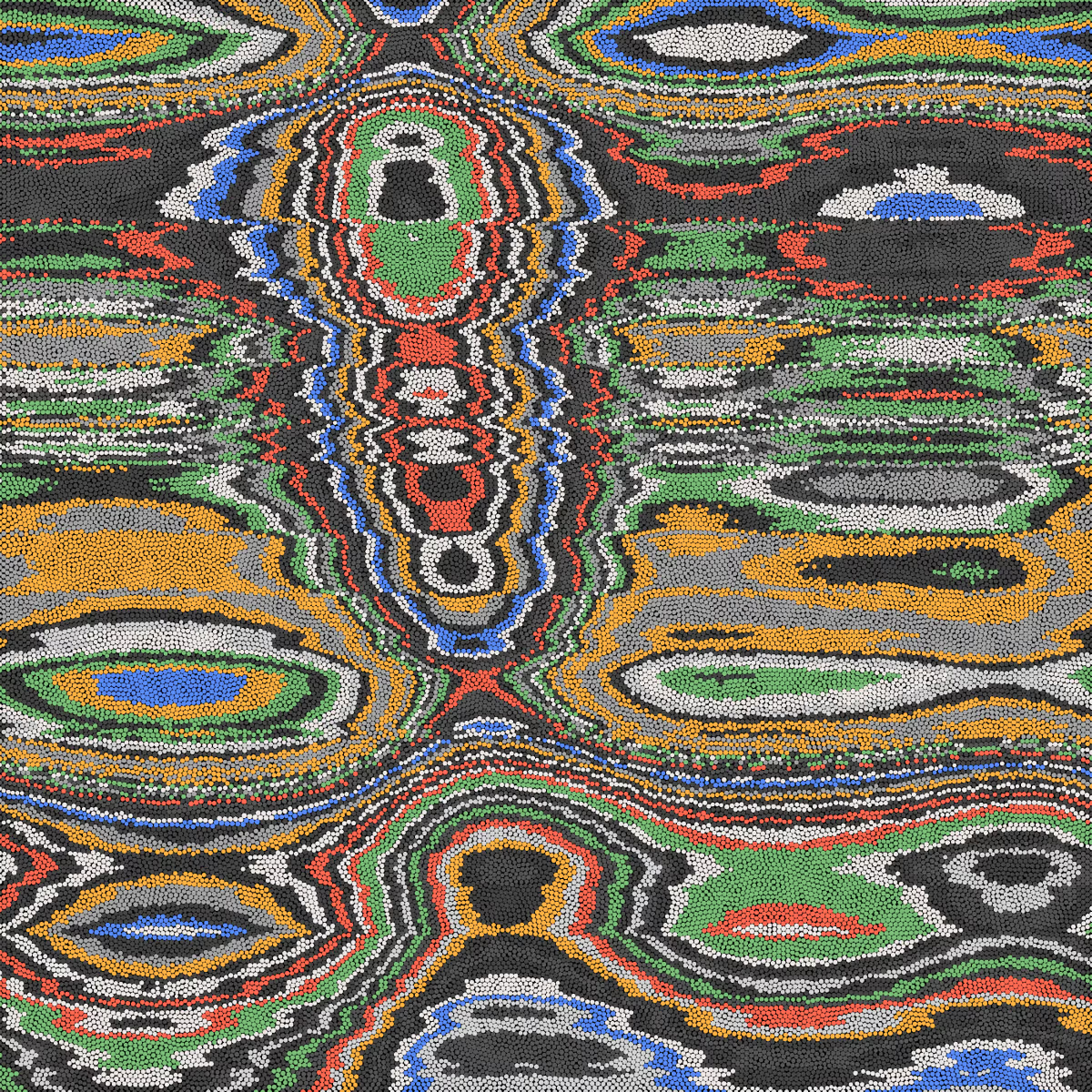
OpenSea: How did you come up with the name Ricky Retouch? Does it come from somewhere or mean something to you?
Ricky Retouch: It does not. It just popped into my head one day. I thought it sounded cool, so I ran with it.
OpenSea: I love that it was just based off the vibe. And you also mentioned that you use Houdini. What originally drew you to that instead of other creative tools?
Ricky Retouch: I’ve just been constantly trying to challenge myself. Before I moved to Houdini, I was working in Cinema 4D, but for all the things I wanted to do, I was sort of limited. I learned about Houdini and decided to make a change. So I tried to create a project in Cinema 4D and then recreated that same project in Houdini. The Cinema 4D project took about two weeks. In Houdini, it took about two days.
And the thing that was holding me up for two weeks was a button in Houdini. So it was like instant. I was hooked after that. I just learned and learned and learned. It’s like a sandbox – you can do generative art, 3D art, destructive, procedural – and I’ve just been hooked since. I can't imagine using anything else. That’s basically it.
OpenSea: I heard that Houdini is considered one of the harder tools to learn, so I was impressed when I saw that you use it.
Ricky Retouch: Yeah, it’s like learning a language, basically. I’ve spent time learning Spanish – gotten to the point where I can have a conversation in it. Houdini is exactly like that. It’s a challenge in the same way.
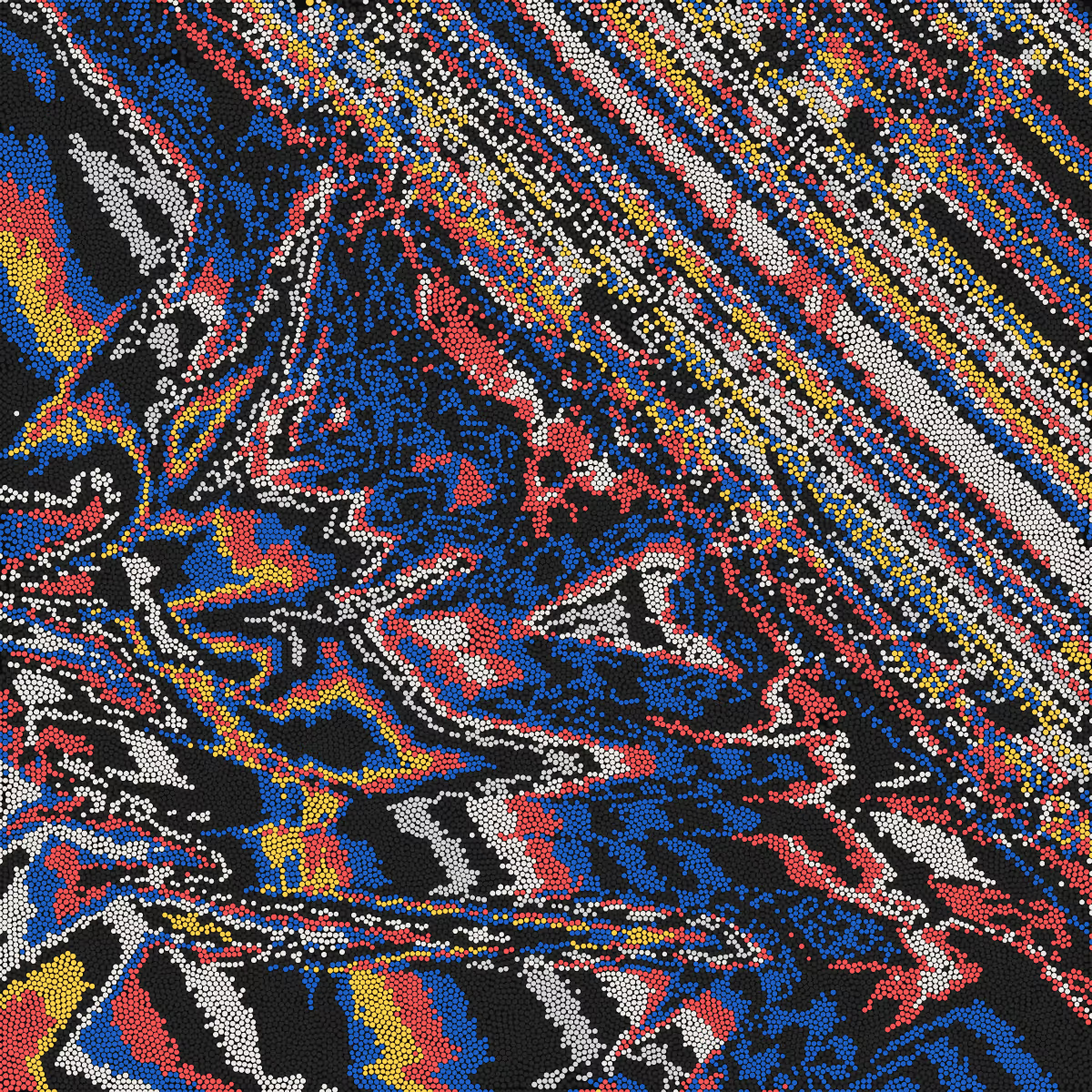
OpenSea: And when you start a new piece, what is the workflow like? Do you begin with a certain concept in mind and then create from there, or do you see what kind of comes from it first?
Ricky Retouch: That’s the beautiful thing. I can just experiment. There are so many bells and whistles within Houdini, so many ways to do anything you want.
I basically just start with a blank canvas and sort of vibe. You know, it’s the thing people say – I really just vibe. I make boxes, spheres, points – whatever. I scatter them. That’s how Surface Sets came about. I just scattered points on a grid and added some noise. Eventually I came up with a sequence of nodes and settings that would give me these emerging patterns. But it just all came from vibing.
Ninety percent of what I do just comes from vibing, and then I make sense out of it later.
OpenSea: With “Surface Sets”, was there a certain inspiration behind the collection?
Ricky Retouch: There’s another motion piece I have on Solana that inspired Surface Sets – ‘The Bitter Bands’ and ‘Kind Rabbits.’ Basically, if you can imagine Surface Sets – how they’re just 2D points – these other pieces are like blades of grass sticking up, but you’re looking directly down at them. They’re moving and swaying. So imagine Surface Sets, but in motion. I just took that and stepped it back, removed the motion from it, and you get Surface Sets. I changed the noise a bit and got different emerging patterns. It’s just basically that.
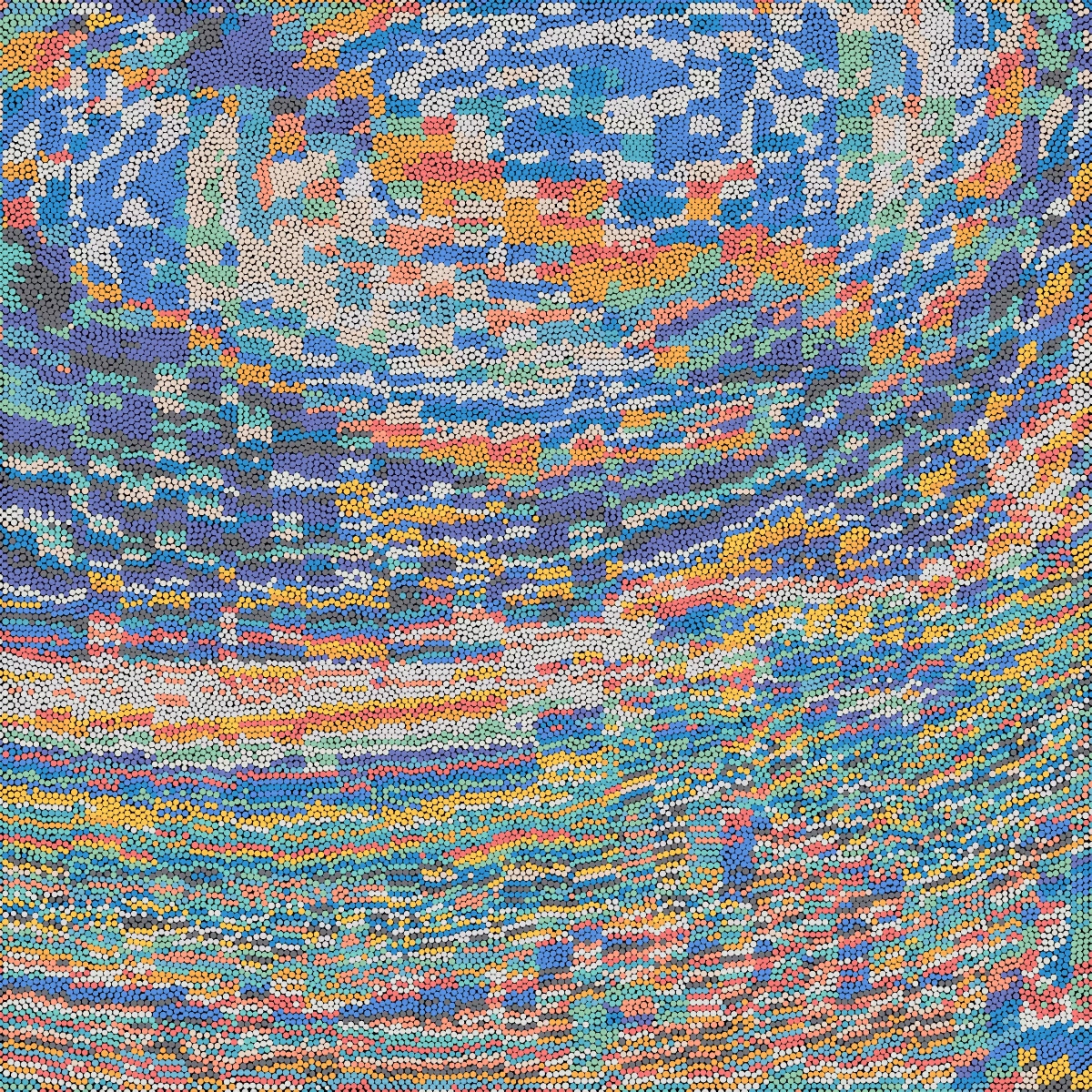
OpenSea: You stated in the collection description that it was a curated selection. How did you approach the curation? I’m imagining you created more than 100 and then picked your favorites.
Ricky Retouch: Yeah. So, initially I wanted to put out about 5,000. Not in the collection – the intention was always 100. But behind the scenes, I wanted to create about 5,000. That took a while. I got it down to about 2,300, then spent about two days going over those and got it down to about 400. Spent a while going over those, and eventually the day before I uploaded them to OpenSea, I finally settled on the 100. So yeah, it took a while. It took a lot of focus. That was not easy.
OpenSea: And did you base the selection off of vibes as well?
Ricky Retouch: Yeah, that’s just kind of how I do. I have another page on X – “Figs From Plums” – where I share different little art pieces and designs that I like. People call me a curator. I don’t know if I agree with that.
But I share different little art pieces and designs that I like over there. People seem to like it. So I just took the same approach with Surface Sets. I know it when I see it. There’s no real rhyme or reason. I just know it. Same thing with this. There’s no real scientific method I could go into.
OpenSea: And were you kind of hoping the collectors who picked up “Surface Sets” would resonate in the same way? Like, they’d look at the piece and just know that they vibe with it?
Ricky Retouch: 100% yes.
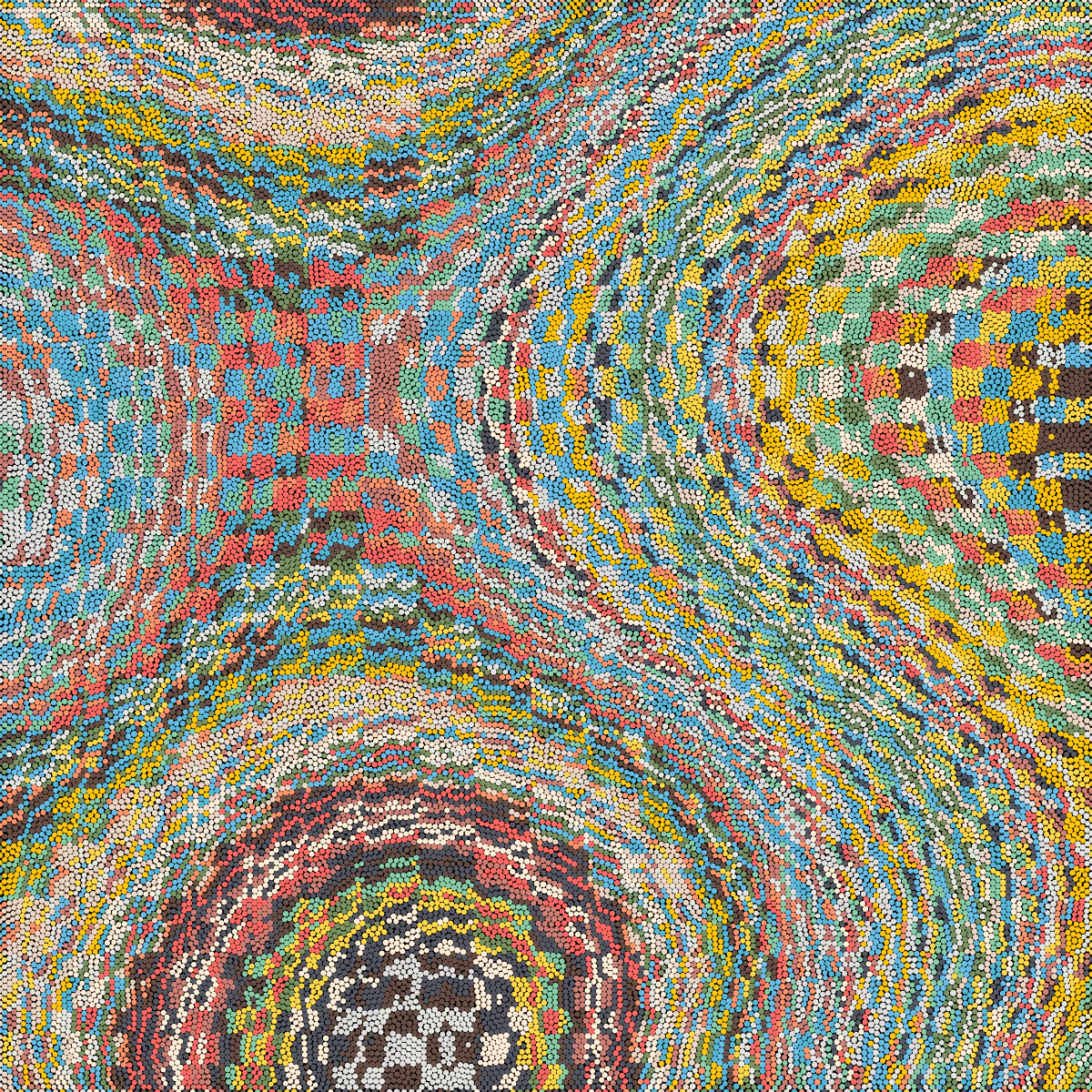
OpenSea: Is there anything upcoming that you’re excited about or working on?
Ricky Retouch: Not at the moment. I’m continuing the Figs From Plums. There have been some DMs back and forth with certain people – I can’t really go into it – but there may be a future collection sometime this year.
OpenSea: I’m excited to see what it is. When did you start the Figs From Plums X account?
Ricky Retouch: Oh, that started years ago. But I only started taking it seriously around 2024. I was just having this conversation the other day – I used to think art was my superpower. Now I see it’s more my perspective, my ability to curate, my taste.
And I’m only now starting to see that. With things like generative art, it’s coming in handy. Going from 5,000 or 2,000 outputs down to 100 is really tough. But I’m sort of discovering I’m built in a way that I can do that. For another person, it might be overwhelming. For me, it’s exciting. I get fulfillment out of curation.
OpenSea: And earlier you said you don’t consider yourself a curator, right?
Ricky Retouch: Yeah.
OpenSea: Because I think – I mean, I’ve seen the X account, and I’ve dug through that feed – it’s so wonderfully curated. You have an amazing eye. I’m shocked you don’t see yourself that way.
Ricky Retouch: Thank you. I don’t know. I’ve heard it so much – people constantly sending me DMs, really big names, calling me a curator and saying all these things. I guess I should take that on. But the word just seems bigger to me than what I’m doing, I guess.
OpenSea: And for that page, do you mostly find the work through your social feeds or are you looking elsewhere?
Ricky Retouch: Oh, everywhere. I made a post once – my friend Mark Busch, he’s out in Denmark, asked me – and I laid it out. I search on Pinterest, Google, Tumblr, LinkedIn, YouTube, X, Instagram – basically anywhere you can upload an image, I’m looking there.
OpenSea: I love the shoutout for Tumblr. I feel like it’s lowkey having a comeback. All of a sudden, people are redownloading it or rediscovering their old profiles and it’s always fun to look back at.
Ricky Retouch: Yeah. Tumblr is great. I actually started Figs From Plums on Tumblr. If you go digging... I tried to hide the page. It’s from like 2014. I feel like my taste has improved since then. Maybe you’ll find it. I tried to hide it because people started following me after the X account started blowing up. But yeah, it started back on Tumblr. I miss those days.
OpenSea: Why did you originally start Figs From Plums?
Ricky Retouch: I don’t know. It’s just in me. There’s something in me that wants to share good art. Back in 2014, when I originally started the Tumblr, it was just my desire to share art. But more recently – around 2023 or 2024 when I really started uploading more on X – that was initially to address a gap, a sort of pain point in the NFT space. Everything is just the wild west. Everyone has a million varying opinions, and there’s a new thread every day about this or that art.
I wanted to give my take on what I believe good art and design are. I wanted to share art in a way that exposes my audience to something different. I share a lot of graphic design, typography, video stuff, visual effects, CG stuff – and I noticed people weren’t really being exposed to that. So through my Ricky Retouch account, I’d repost from Figs From Plums to expose my followers, collectors, and audience to a different type of art. Because collectors and people in the NFT space mostly gravitate towards NFT artists – they don’t always know people like Agnes Martin or, like, my guy Mark Busch – he’s my favorite artist in the world – or other graphic designers or VFX artists.
I wanted to expose people to something different and use that to position myself as Ricky Retouch in a different light. Because everyone’s just making art, posting it – “Here’s my collection, go check it out” – and the cycle repeats. I wanted to break that cycle a bit and put my “curation” in there. I wanted to do things my own way.
OpenSea: Yeah, that’s cool. I feel like that’s true – people can sometimes tend to just share their own stuff. Maybe they’ll highlight an artist they’re into, but with your Figs From Plums, you’re showing strictly other peoples art.
Ricky Retouch: Yeah.
OpenSea: Any advice you’d give to artists who are curious about diving into generative art and don’t know where to begin?
Ricky Retouch: I would tell them to start where they can. Wherever you are, start there. Don’t be afraid. Try not to follow too many rules. As time passes, you’ll see that a lot of the “rules” out there shouldn’t be taken as gospel. Maybe seek guidance, but don’t follow rules too much. Just do what you can and do it your own way as much as possible.
OpenSea: Thanks for taking the time to chat with me! This has been great.
Ricky Retouch: Thanks, Hannah.
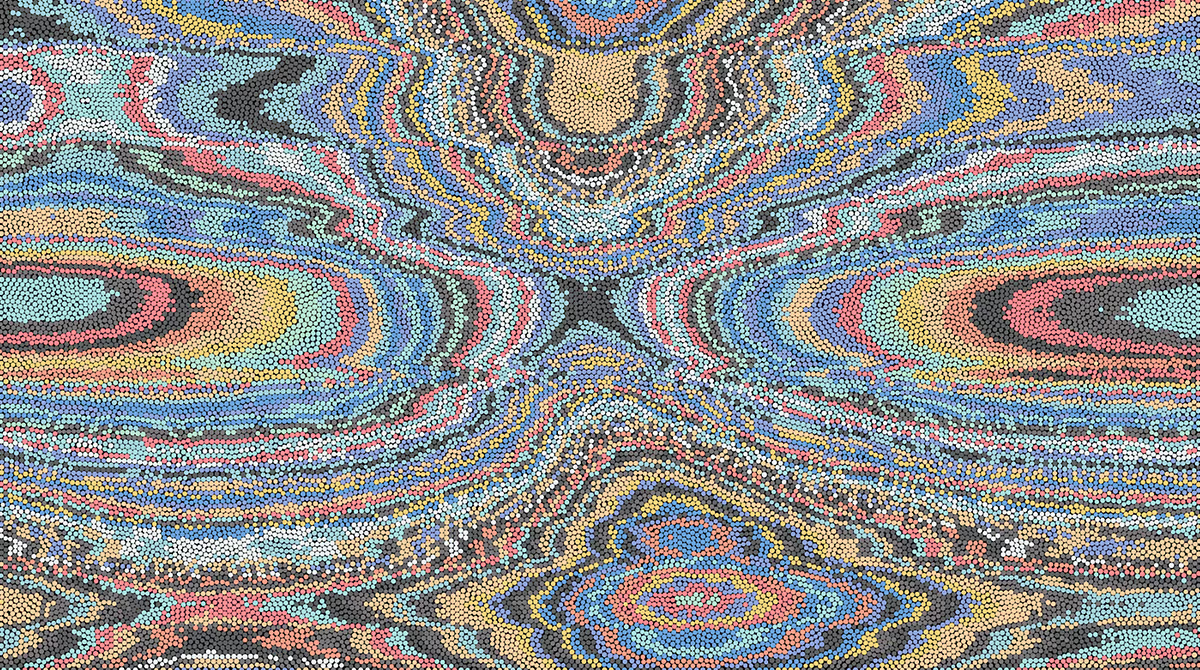


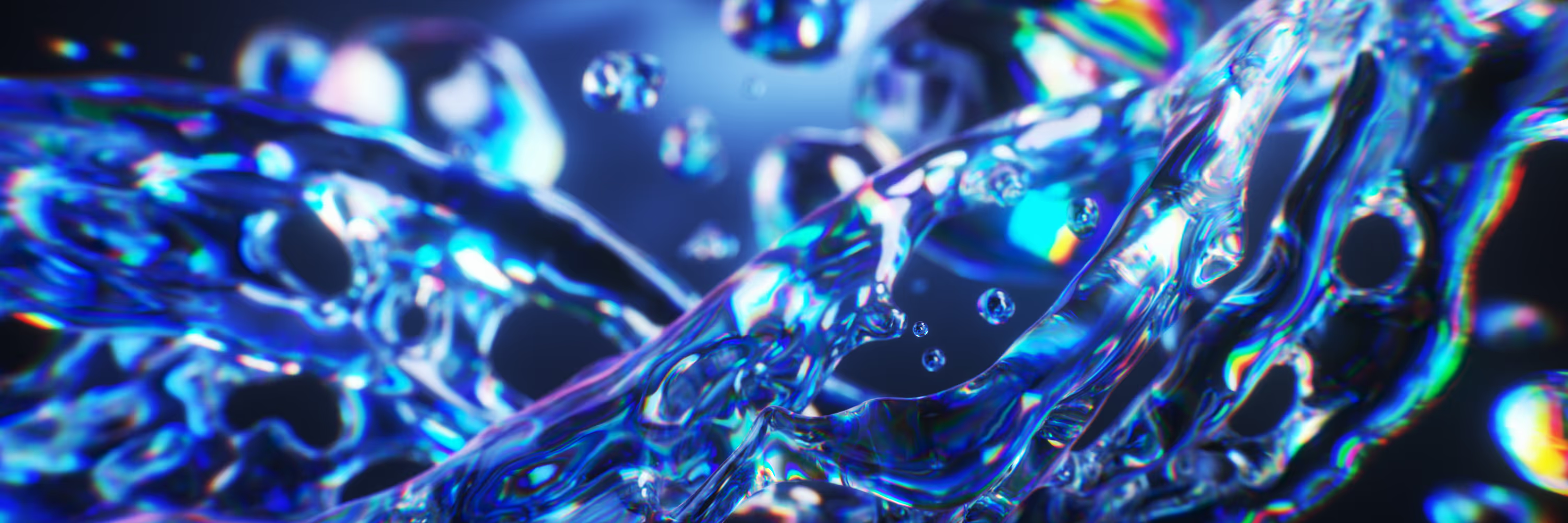
.avif)
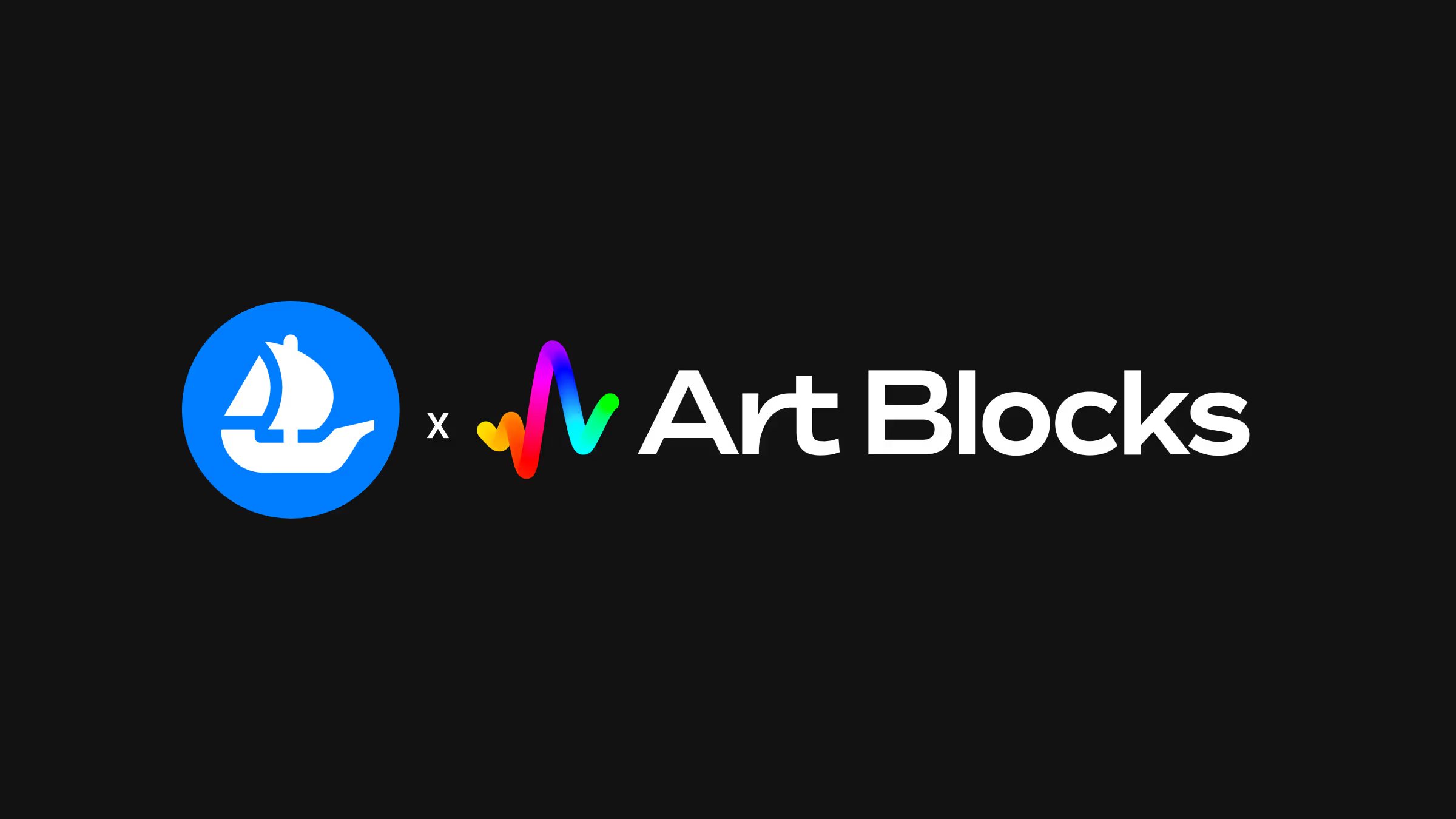
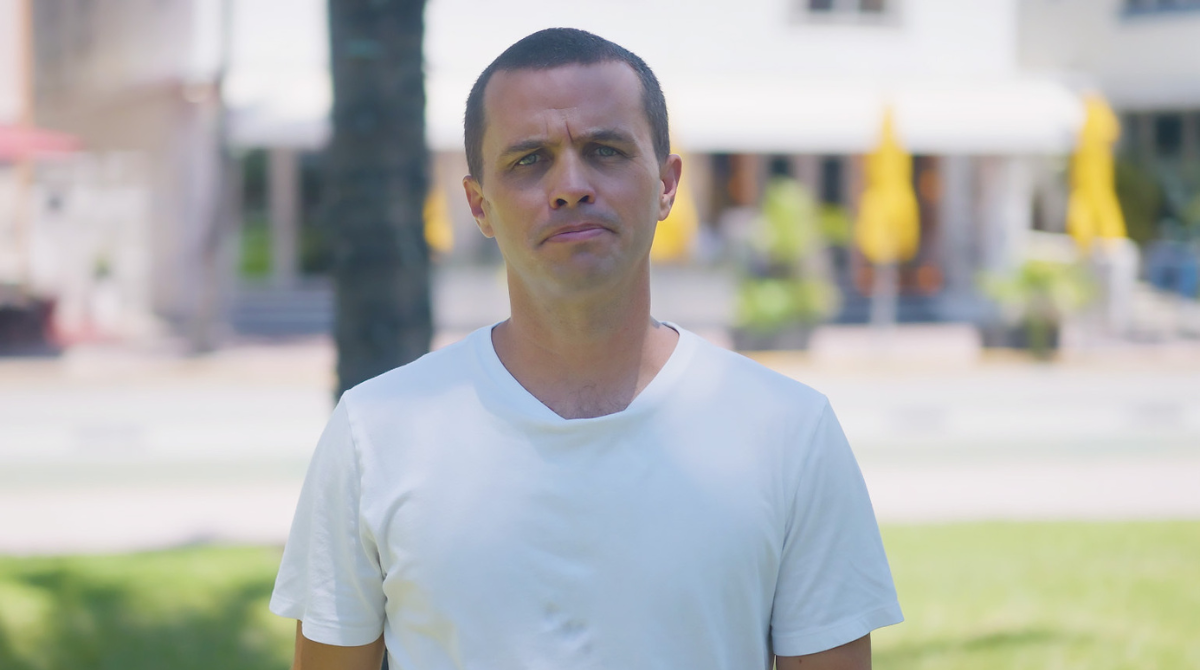



.png)
.png)
.png)
.png)